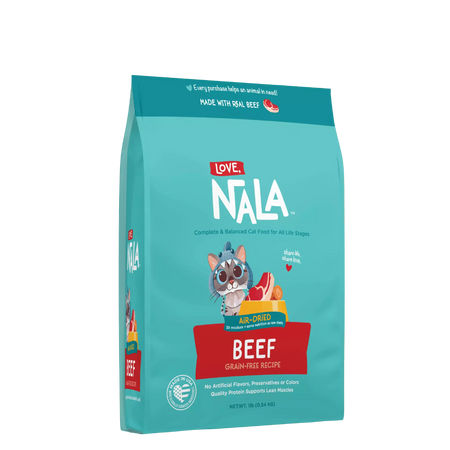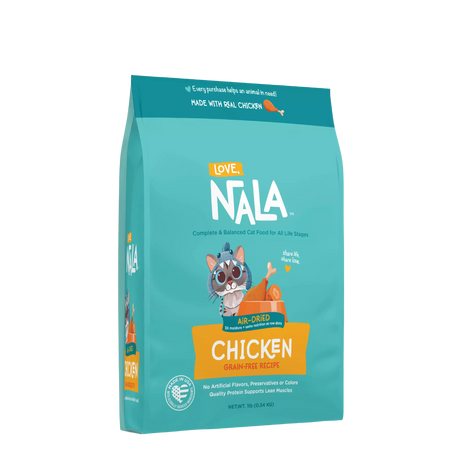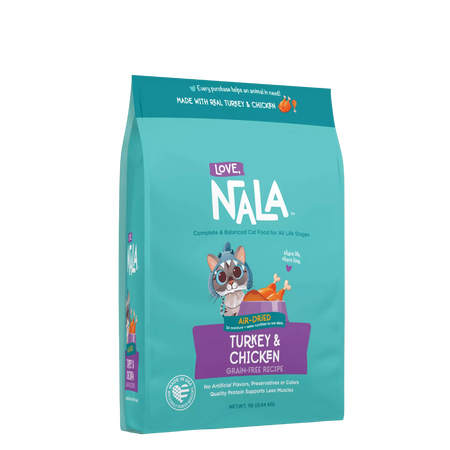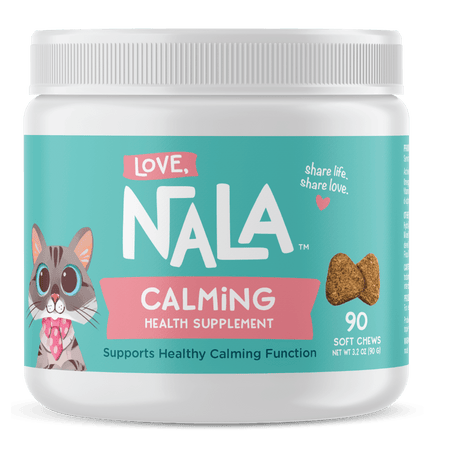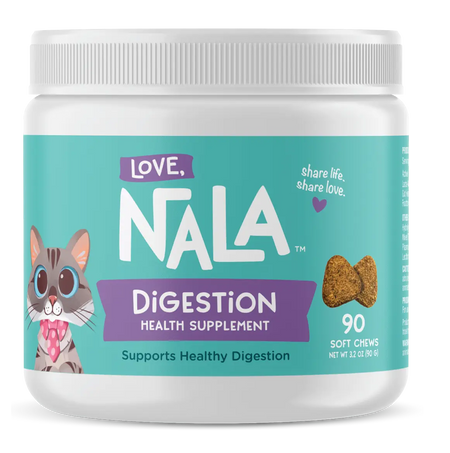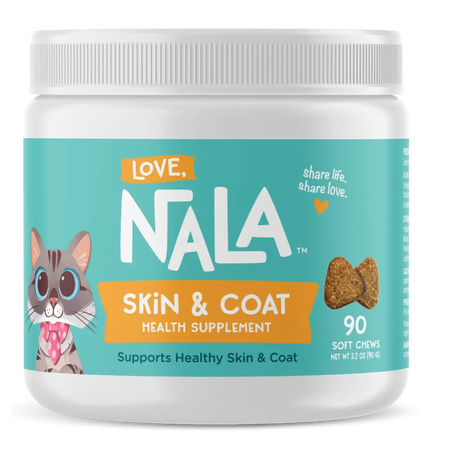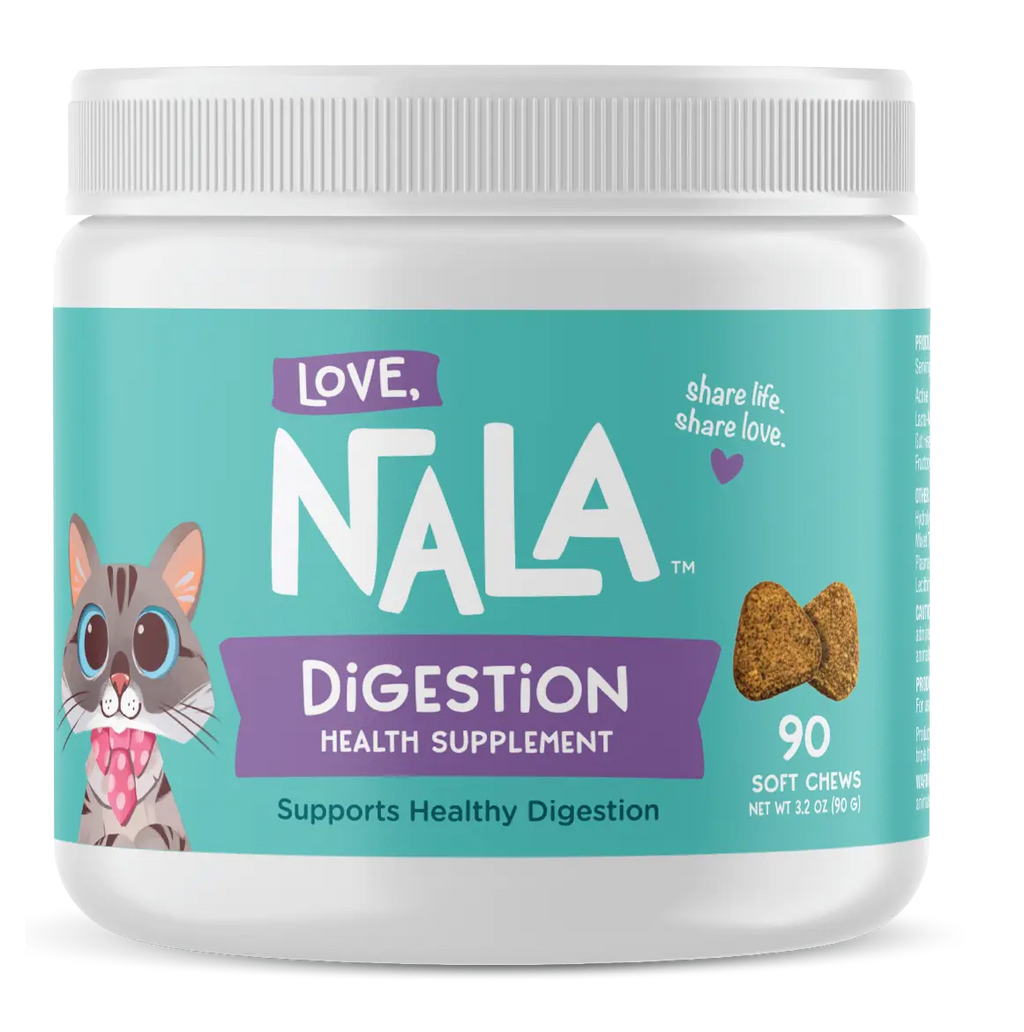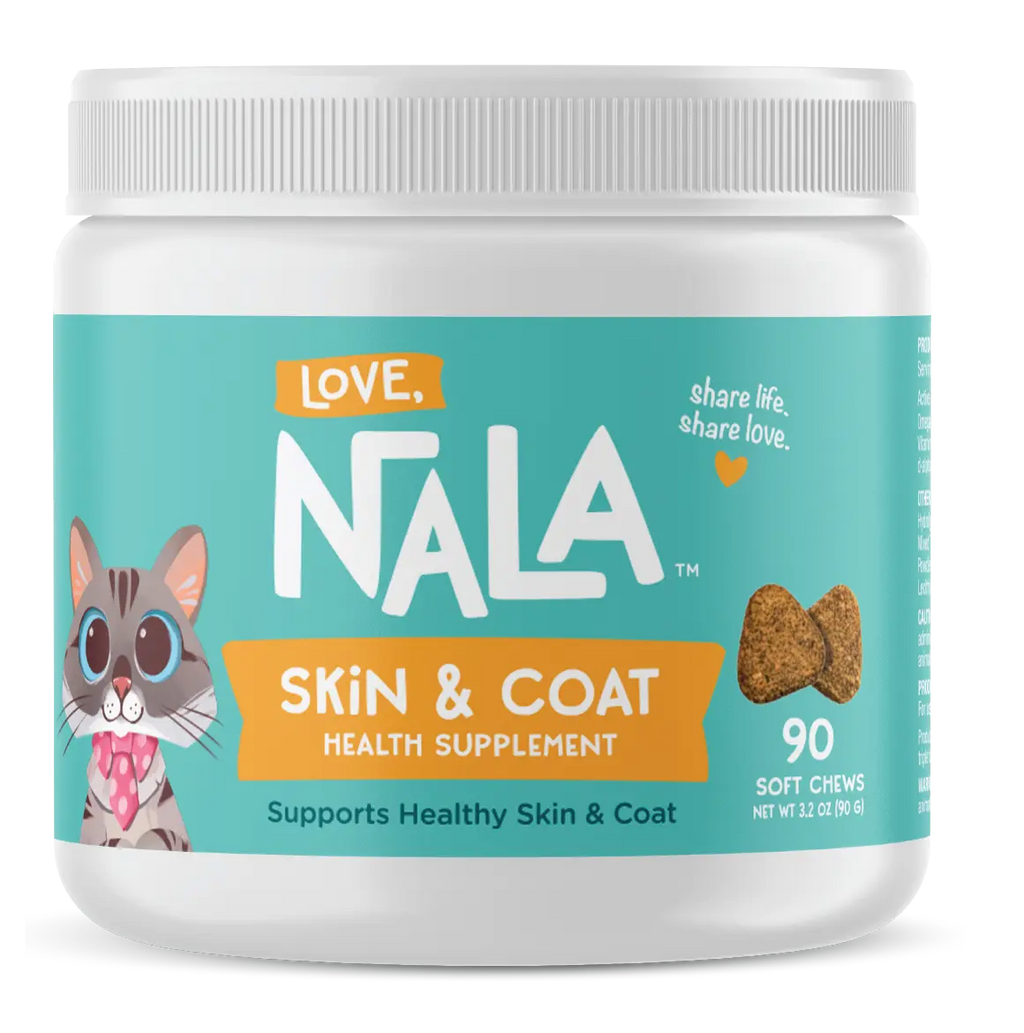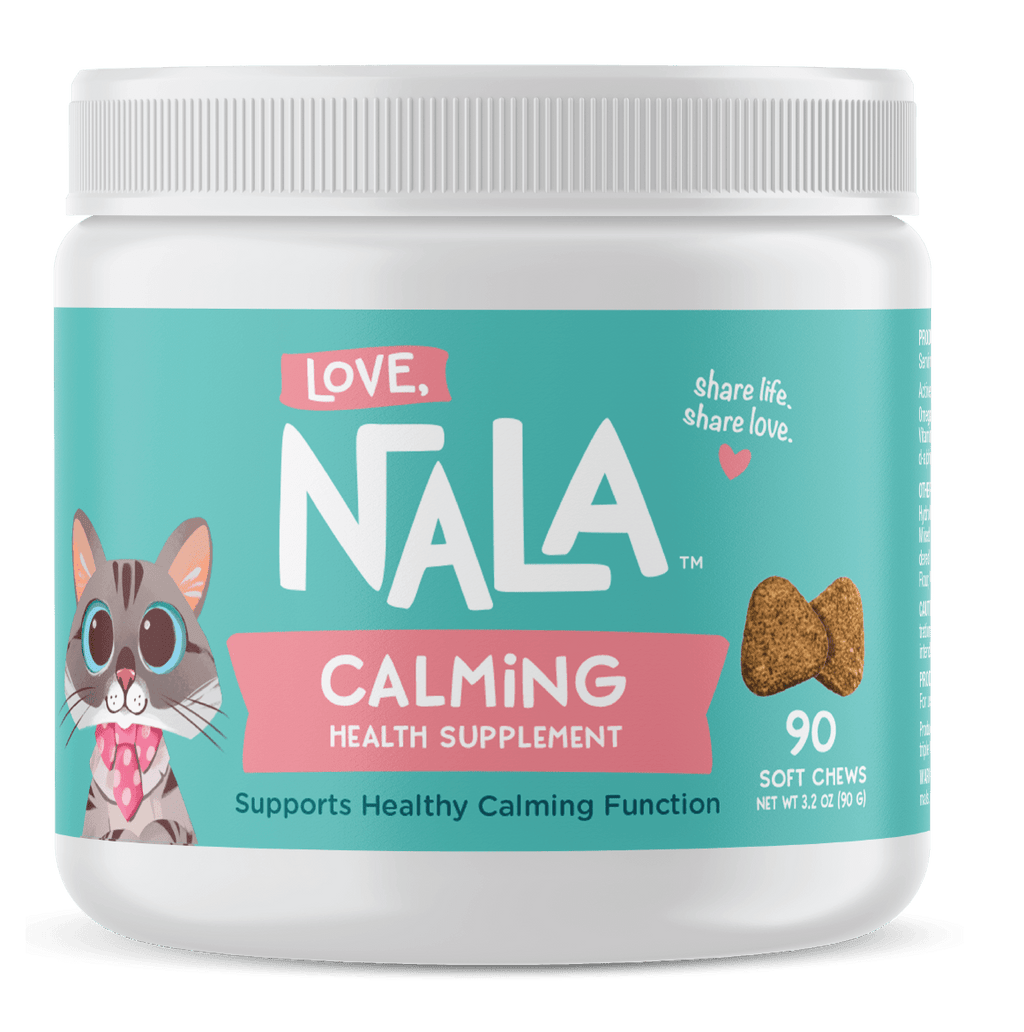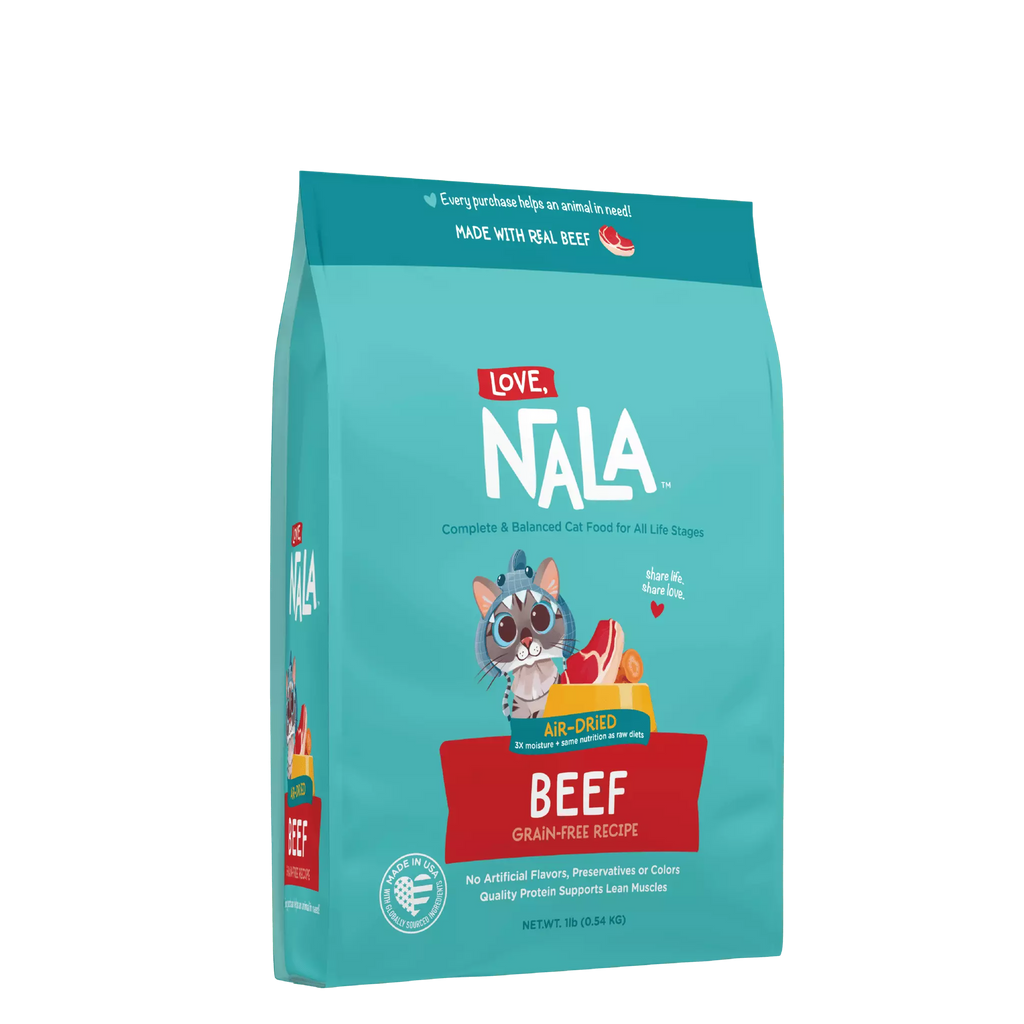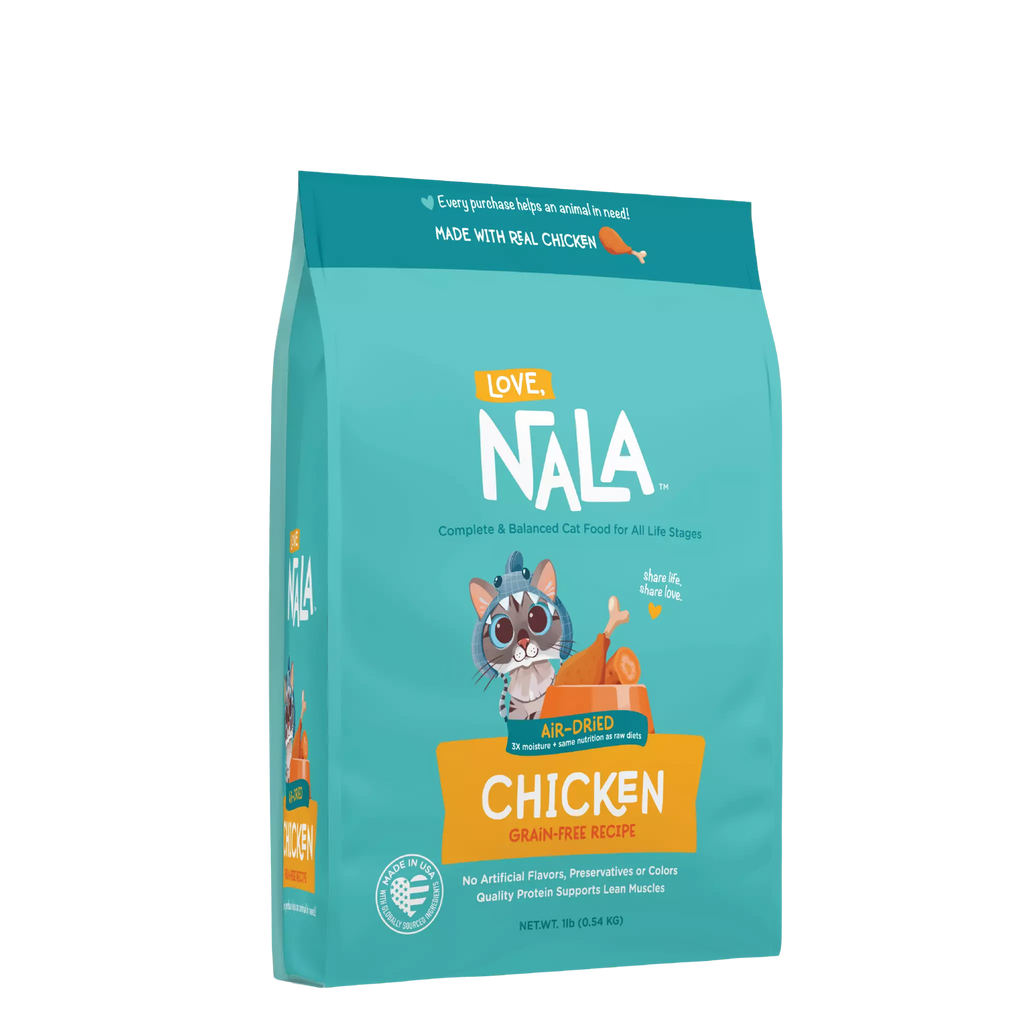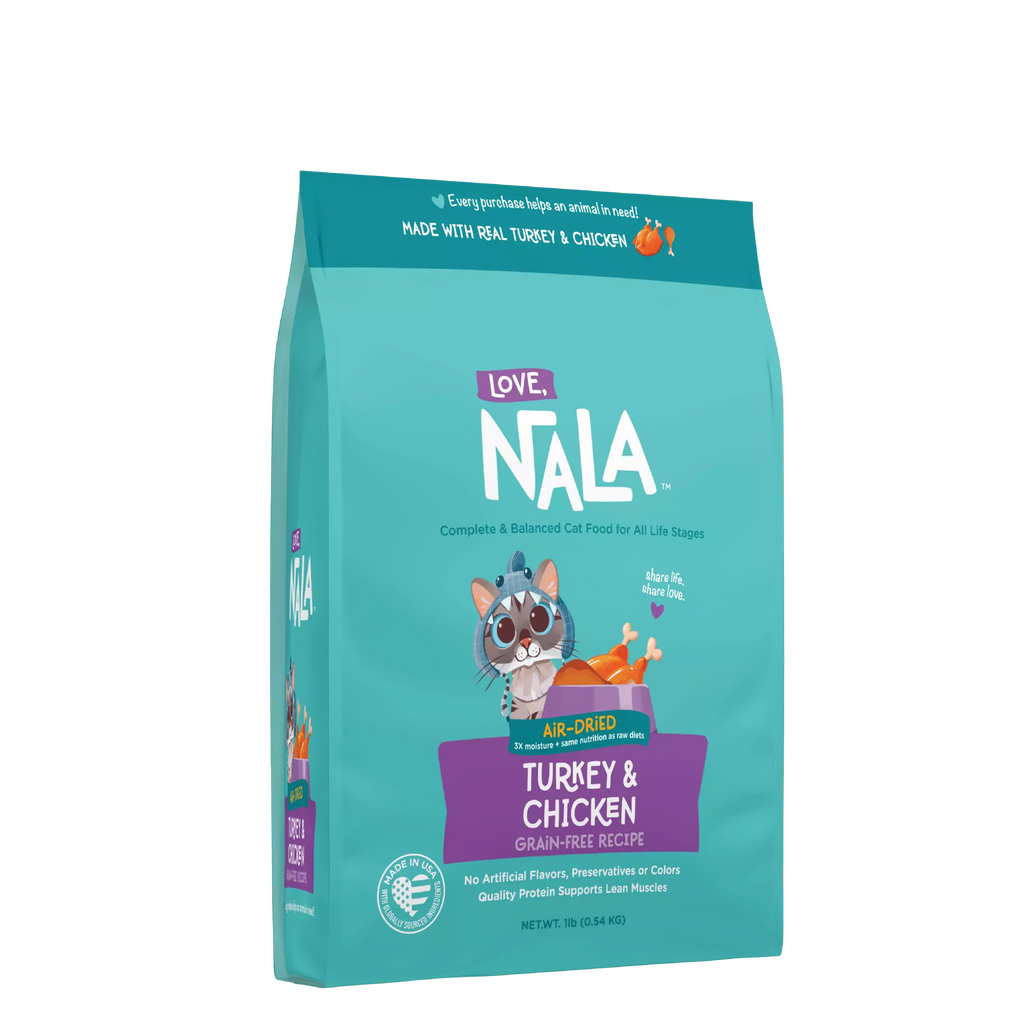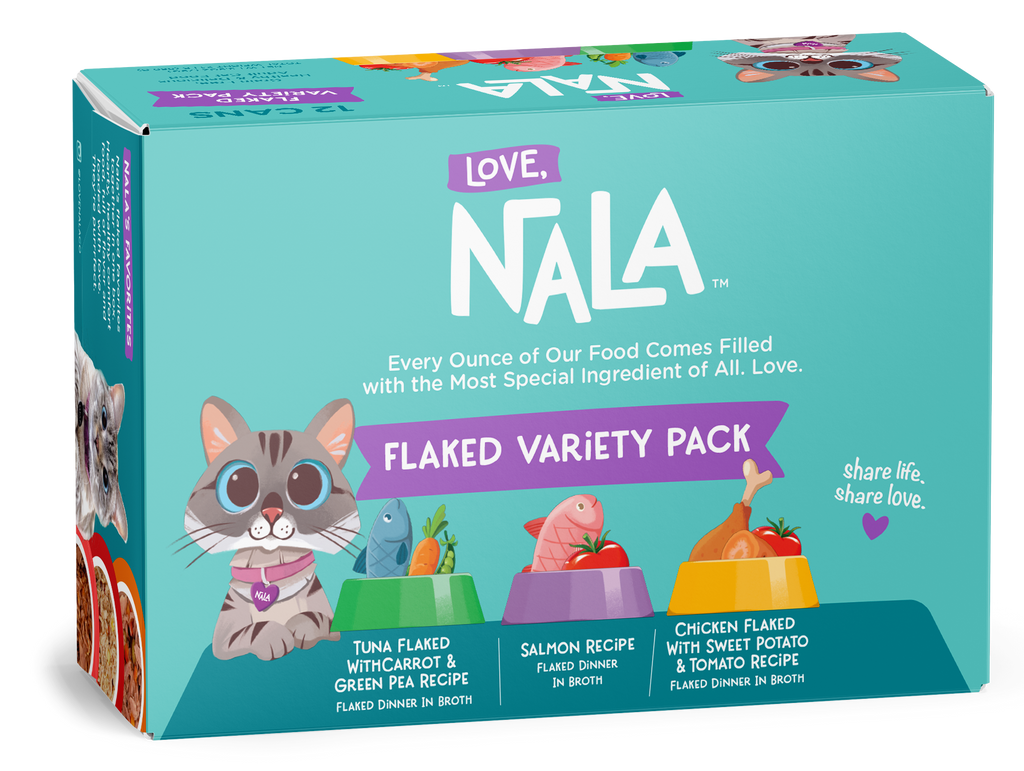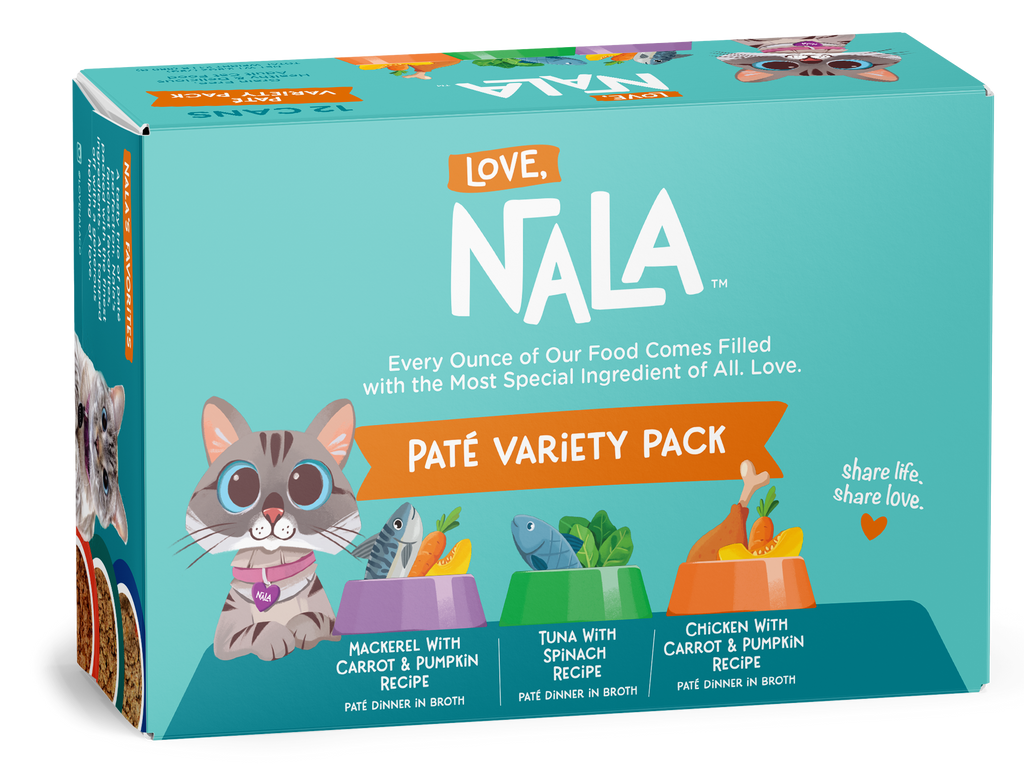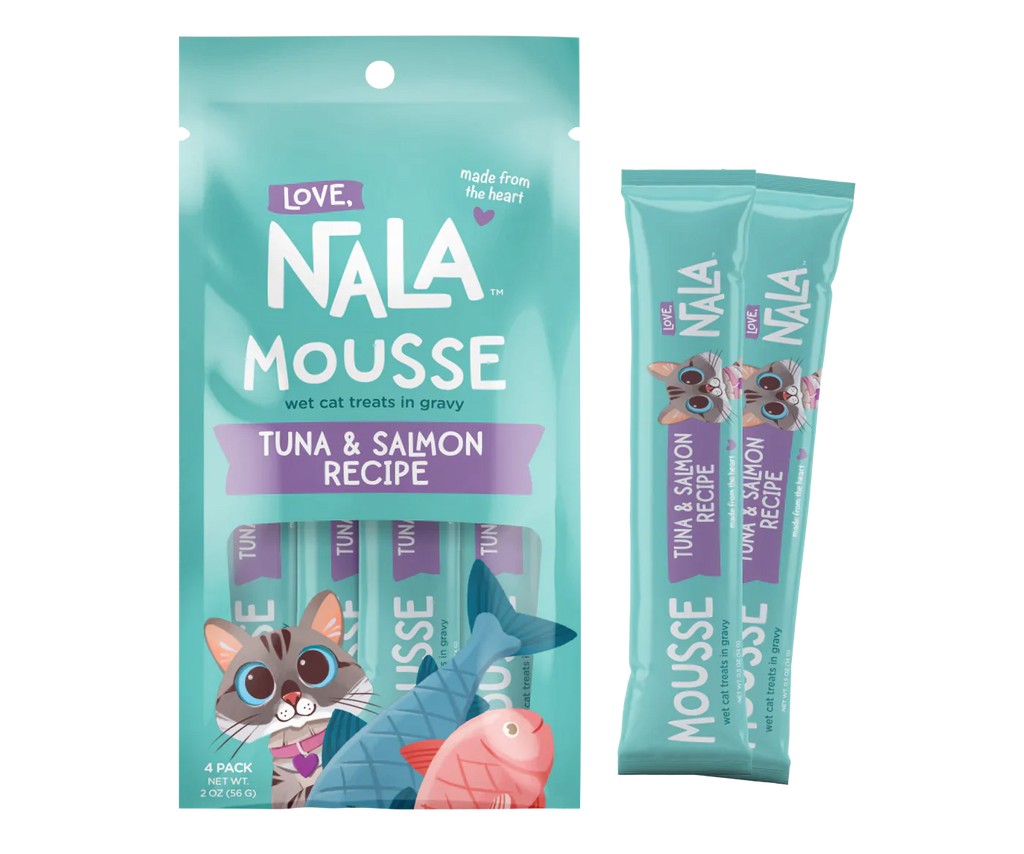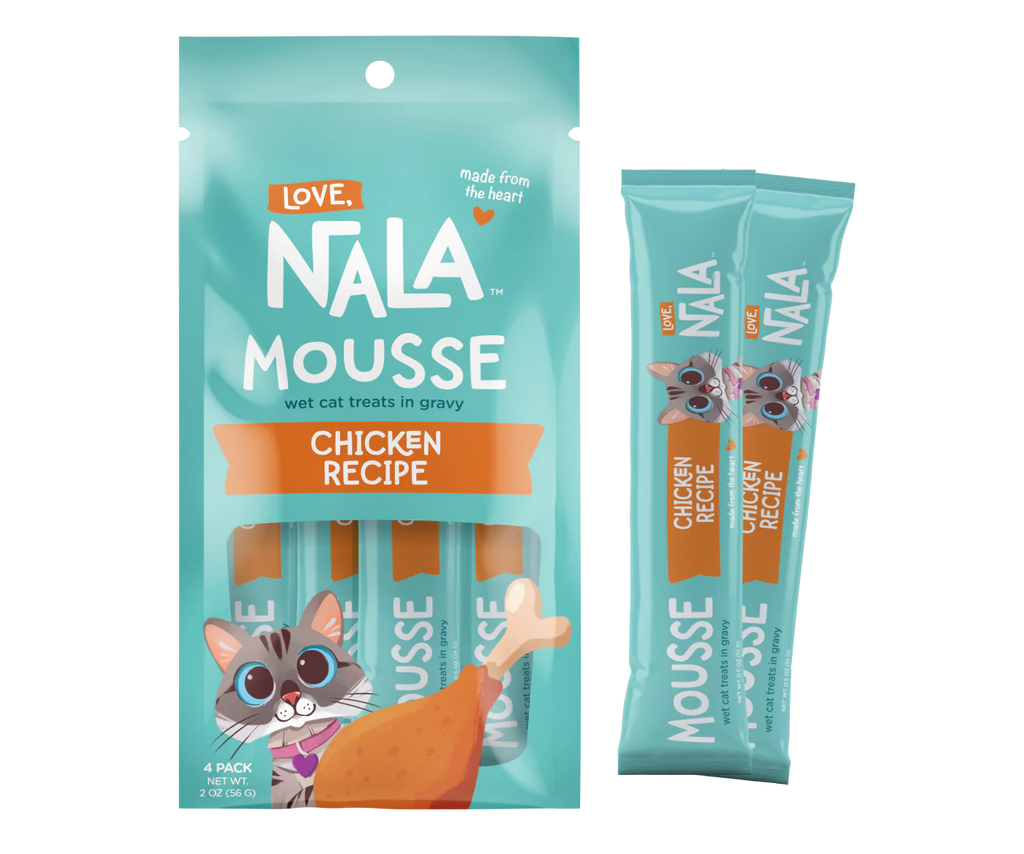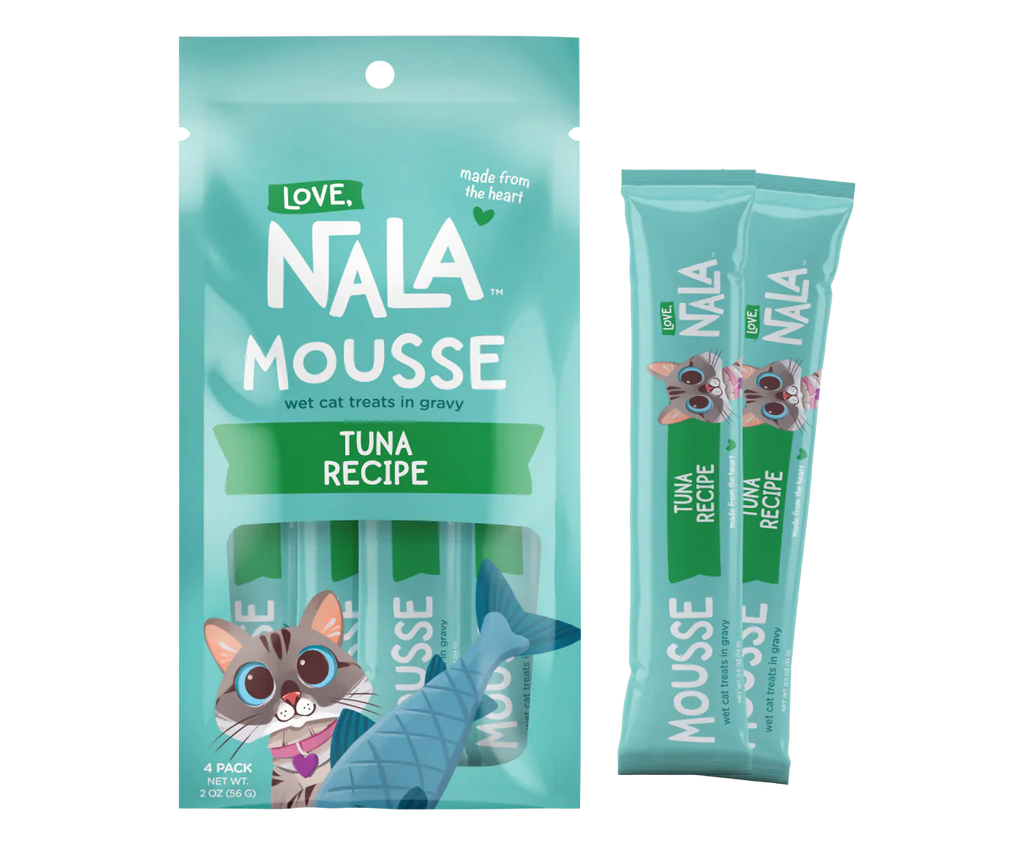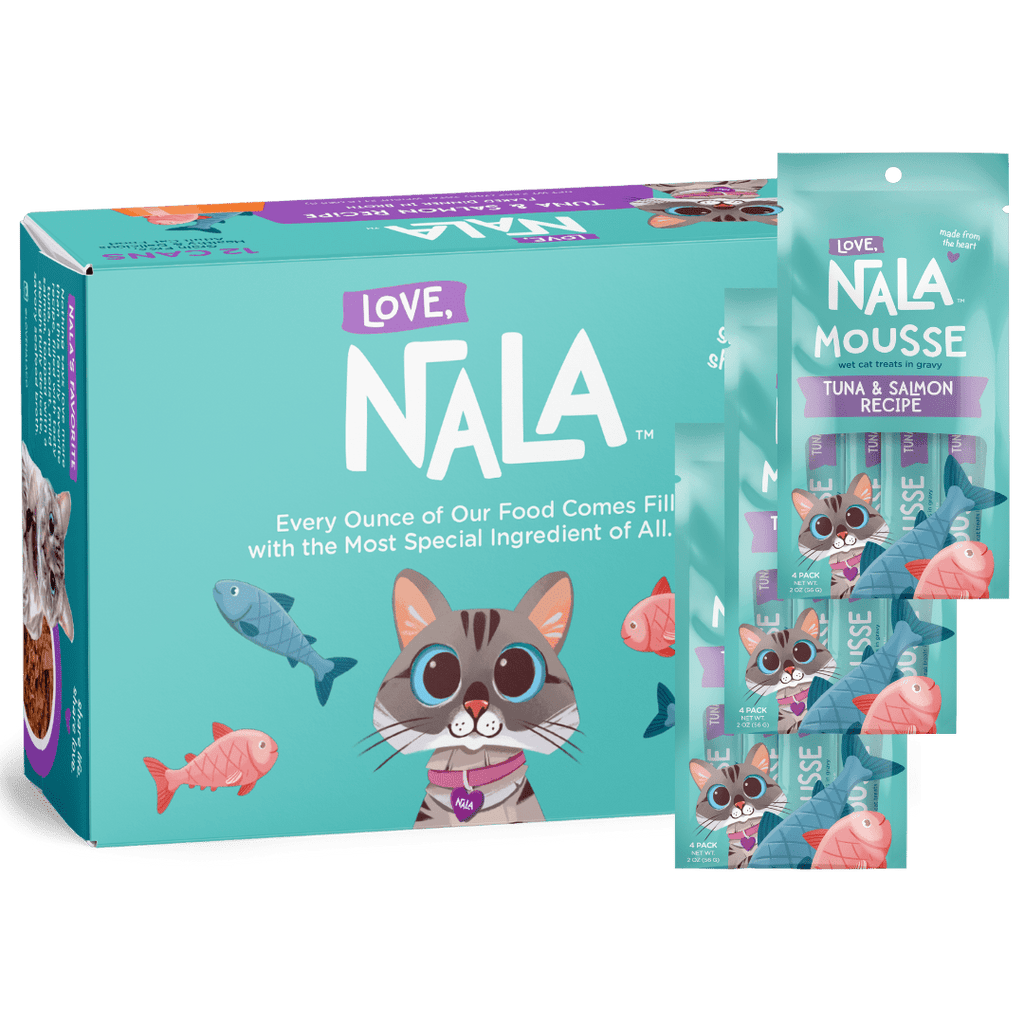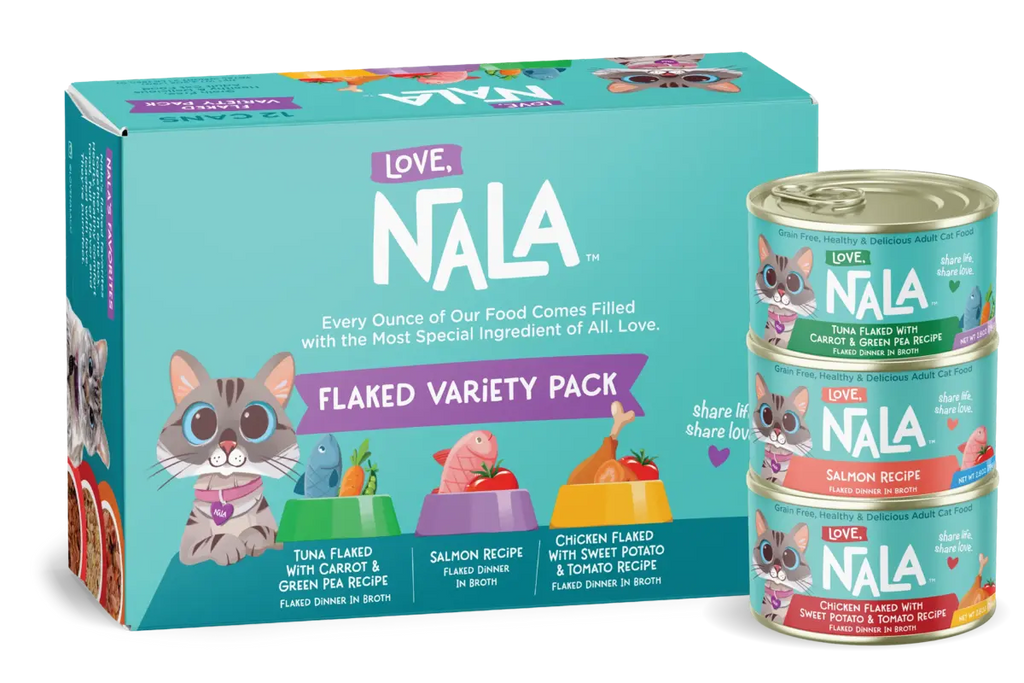The short answer is “no.” While cats often eat raw meat, raw bacon poses several health risks. Bacon – even cooked bacon–is very high in salt and fat, which can lead to obesity or kidney problems in your cat. When cats eat raw bacon, they can be exposed to bacteria like Salmonella and E. coli. There are better options to satisfy your cat’s craving for a raw diet.
Can Cats Eat Raw Bacon?
No, cats should not eat raw bacon. The high fat and salt content is not great for their system, and raw bacon comes with risks of bacteria like Salmonella, which can wreak havoc on their digestive system (to the point of possible fatality).
This may seem counterintuitive since cats in the wild are natural carnivores, but the simple fact is that not everything raw will sit well in their tummy. Cooked bacon can be more safely consumed, since the cooking process will generally destroy any dangerous bacteria. However, bacon in any form still contains high levels of salt and fat. The sodium in bacon can create toxic reactions in your cat, ranging from vomiting to serious seizures. The high fat content can affect their digestive system and lead to inflammation of their pancreas. And the nitrates used for curing/preserving can, over the long term, lead to cancer.
A tiny bit of cooked bacon is fine as an occasional treat, but please don’t consider it a part of their regular diet.
Risks of Feeding Raw Bacon to Cats
As much as cats love raw meat, raw pork products like uncooked bacon don’t sit well with the feline system (or any pet’s system, for that matter). Just as with humans, there are a lot of food-related problems and potential illnesses. The following are among the most common.
- Parasites
Uncooked bacon often contains parasites such as Trichinella spiralis, or roundworm, as well as tapeworms. If ingested, they can wreak havoc on your cat’s digestive system.
- Bacterial contamination
Salmonella and Listeria may be present in raw bacon. If cats eat it, they’re at risk for severe gastrointestinal symptoms ranging from vomiting, dehydration, and lethargy, up to very serious seizures.
- High sodium, preservatives.
The high salt content in bacon can cause reactions in your cat, ranging from vomiting to seizures. The nitrates used in curing and preserving bacon can also result in digestive issues or allergic reactions.
- Risk of pancreatitis
Bacon is very high in fat, one reason that it’s so delicious. However, it can lead to inflammation of the pancreas in your cat or other digestive upsets.
Health Effects of Bacon on Cats
While a tiny piece of cooked bacon can be fed to your cat as a VERY occasional treat, it should not be part of their regular diet. As for raw bacon, it should NEVER be given to your cat. Feeding your cat bacon can create a whole range of health issues, both in the immediate and over the long term.
When they eat raw bacon, they’re exposed to parasites like roundworm or tapeworm. They may also be exposed to bacteria like Salmonella and E.coli, which can lead to severe vomiting and diarrhea. When cats eat bacon on more than an occasional basis, veterinarians note that they can develop long-term health risks, including obesity or issues with their heart, kidneys, and pancreas. The nitrates used to preserve the bacon can also lead to cancer. The high fat and salt content of bacon can really do a number on your cat’s health. Cats have a low tolerance for salt.
What to Do If Your Cat Eats Raw Bacon

If it was just a small amount of bacon (or the grease), monitor your cat closely to see if the digestive upset resolves on its own. Watch if they attempt to swallow repeatedly, or if they lick their lips more than is normal. If their eyes are sunken, their skin feels loose, or their gums are dry, those are signs of dehydration and can lead to electrolyte imbalances.
However, if more serious signs – excessive vomiting, diarrhea, tremors, or a lack of coordination – manifest, get your cat to the vet immediately.
Are There Any Healthier Alternatives to Bacon?
You can avoid giving your cat bacon while still giving them something that’s a delicious treat. The bonus of these foods is that they can be made part of a healthy raw diet, so Kitty is never deprived of exciting tastes and textures. These foods should be served without seasonings or added salt (cats don’t tolerate sodium well).
As with anything, portion control is always a good idea to ensure that your cat maintains a healthy weight. Small portions of the following make a nice treat.
- Tuna
Tuna, either cooked or served from the can (but rinsed and drained), is high in protein and makes a nice treat.
- Chicken
Cooked chicken is a lean source of protein that’s easy on your cat’s tummy.
- Salmon
Cooked salmon is high in beneficial omega-3 fatty acids. You can also choose canned salmon as a treat, as long as it's packed in water and low in salt.
- Mackerel
Like tuna and salmon, mackerel is a source of healthy fats and protein.
- Beef
Little bits of cooked lean beef give Kitty an exciting taste that’s related to their raw diet, without the fat and sodium of bacon that can prove damaging to their system.
How to Prevent Your Cat from Eating Bacon

We all know that cats – even domesticated indoor kitties – retain their hunting instinct, and that includes tracking down savory goodies that aren’t necessarily good for them. Like bacon.
If you’re cooking bacon for whatever reason, it’s important to keep it away from Kitty; because of the high fat and salt content, it’s not good for your cat’s health for them to eat bacon. And raw bacon can prove even more dangerous, with potential parasites or foodborne illnesses. Put the remainder of the package back in the fridge as soon as you start cooking, and keep an eye on the kitchen so Kitty isn’t left alone with the pan (even when it’s cold; bacon grease is just as bad).
Pet-proof your trash bins. Either use a can under the sink or have a super-secure lid so they can’t dig through any bacon leftovers.
Counter-surfing is irresistible for cats. Keep them off your countertops by placing noisy tin foil on them (most hate the noise) or using motion-activated devices that shoot a harmless burst of air.
If your cat is craving something different, there are many healthier alternatives to bacon to keep their taste buds engaged: small bits of cooked (and unseasoned) chicken or beef, plus tuna, salmon, or mackerel.
Conclusion
Cats eat raw meat, but not all raw meat is good for them. Raw bacon, in particular, is dangerous for cats. From parasites like tapeworms to bacteria like Salmonella, when cats eat raw bacon, they can seriously hurt their health. Even cooked bacon is no better: as tasty as it is, the high levels of sodium and fat can damage their heart, kidneys, and pancreas.
There are alternatives to bacon that satisfy Kitty’s instinct for a raw food diet. Giving them the occasional bit of cooked chicken or beef, or fish, including tuna, salmon, or mackerel, provides them with healthy, lean protein and fats. Just ensure that the foods aren’t cooked with seasonings or added salt (cats have a low tolerance for sodium).
Love, Nala is all about satisfying your cat’s instinct for a raw diet, however, in forms that are healthier and even tastier. We offer delicious grain-free cat foods, both wet and air-dried. Check out our chicken cat food and beef cat food to keep Kitty healthy and happy for years to come!
